Sugar is sugar is sugar is sugar!
Mar 12, 2012, Updated Aug 21, 2017
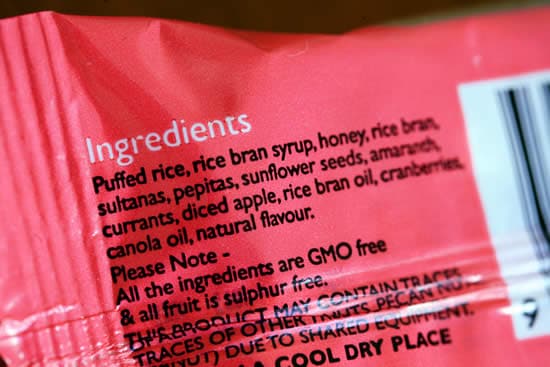
I just came back from three very full days of walking the show floor at Natural Products Expo West. This is an enormous trade show, featuring thousands of “natural” product vendors and manufacturers. It’s so big that it takes up the entire Anaheim convention center. That’s five full-size convention halls, fully loaded. (Picture the size of the Detroit Auto Show circa 2006, and then double it.)
I want need to write more about the show, but it’s going to take some time to collect my thoughts. For now I’ll just say that, in my humble opinion, about 90% of the products at the show range from neutral to downright bad for you. I’d even argue that many of them aren’t anywhere close to “natural.” In other words, there’s a lot of healthwashing going on.
That’s not to say there aren’t fantastic companies at the show, too — there are! And if just 10% of the products at the show are indeed healthful, and are from companies that truly “walk the talk,” then there are a heck of a lot of great products out there. Indeed, I now have a huge stack of business cards from companies making truly healthful products that I’m genuinely excited about.
The main frustration I had at the show was that it seemed like sugar was in everything. Of course, most “natural” products don’t list the word “sugar” anywhere in the ingredients list — consumers hate that, of course. Instead, they list various other types of refined, concentrated sources of sugar, like brown rice syrup or honey.
So with regards to sugar in manufactured foods, whether “natural” or not, here’s what you need to know.
1. Ingredients are Listed by Quantity
When reading the nutrition facts label, ingredients are listed in order of predominance by weight. This means that the product contains more of the first ingredient than any other single ingredient. So if the ingredients are “oats, honey, peanut butter, water, salt” you know that there are more oats than honey in the product, even if only by a tiny margin. However, it’s possible that if you combine the honey and peanut butter, they outweigh the oats.
2. The Tricky Part
Sugars can be listed under various names (since, strictly speaking, they’re different foods), so manufacturers will frequently use more than one type of sugar so they can move them further down the list.
For example, if the manufacturer decides to use honey and maple syrup as the sweeteners instead of just honey, the ingredients list might look more like this: “oats, peanut butter, honey, maple syrup,water, salt.” It can be the same amount of sugar as the first example, but now they’ve gotten peanut butter moved up on the list (and sugar moved down).
3. Refined Sugar is Refined Sugar
Here’s where it gets really challenging: It can be really hard to spot those added sugars. Below I’ve compiled a list of the most common types of sugars. Don’ t let some of their healthy-sounding names fool you: REFINED SUGAR IS REFINED SUGAR!
(Sorry for yelling, but this has become a big pet peeve.)
I didn’t see any corn syrup at the show — manufacturers have wised up by now, of course. (It may be time to adjust my second rule). In its place, I often saw brown rice syrup, evaporated cane juice, and fruit juice concentrate. And I can’t state it enough: I saw a lot of those.
This is not a complete list, but it covers the vast majority of them (if I missed any biggies, please share in the comments). You’ll also see a few commonalities which can make some easier to spot: “Syrup,” “malt,” and anything ending in “-ose.”
- Brown Rice Syrup (this was by far the most common added sugar I saw at the show – I even saw one booth with a huge graphic, extolling brown rice syrup’s virtues!)
- Fruit Juice Concentrate
- Fruit Juice
- Sugar
- Invert Sugar
- Cane Sugar
- Cane Juice
- Evaporated Cane Juice
- Raw Cane Sugar
- Brown Sugar
- Beet Sugar
- Palm Sugar
- Date Sugar
- Coconut Sugar (I predict you’re going to be seeing this one a lot more often very soon)
- Barley Malt (Manufacturers love this one because it doesn’t have the words “syrup” or “sugar” in the name)
- Malt Syrup
- Rice Bran Syrup
- Corn Syrup
- Corn Syrup Solids
- High Fructose Corn Syrup
- Dextrose
- Maltodextrin
- Glucose
- Glucose Solids
- Fructose
- Sucrose
- Maltose
- Lactose
- Galactose
- Honey
- Maple Syrup
- Agave
- Sorghum Syrup
- Diastatic Malt
- Molasses
- Caramel
- Treacle
- Golden Syrup
- Panocha
- Muscovado Sugar
- Turbinado Sugar
- Demerara Sugar
- Sucanat
- Rapadura
- Jaggery
- Panela
- Monk Fruit / Luo Han Guo (Deserves a mention, since I saw it several times at the show. You’re probably going to see this one a lot in the next couple of years, too.)
4. A Note on “Organic”
Organic sugar is still sugar. Need I say more?
In Conclusion
Before anyone flames me in the comments, I’m not saying that sugar — in small amounts — isn’t okay to eat (I’m not going to use the word “moderation,” of course). But what I saw last weekend wasn’t small amounts — there was sugar in so many products, and it such high proportions, that it gives me great concern. So remember to read those labels, and really consider what you’re eating.

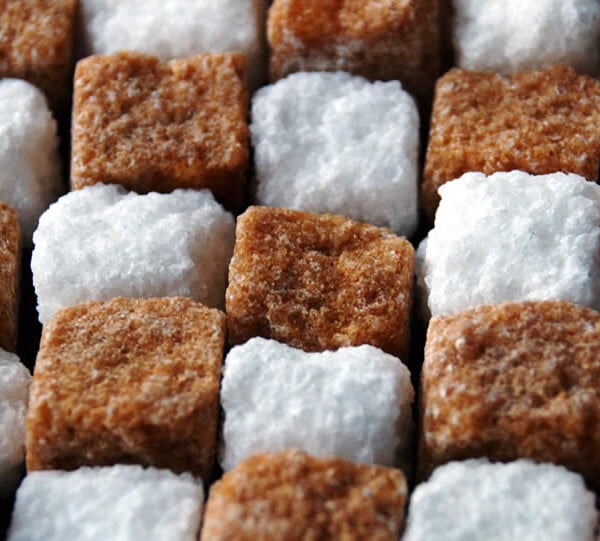
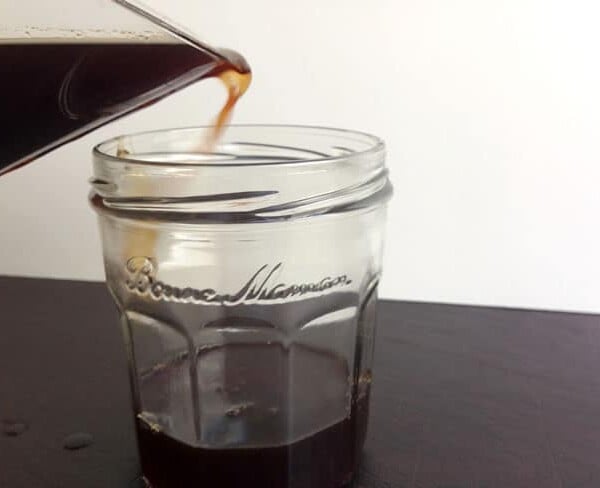
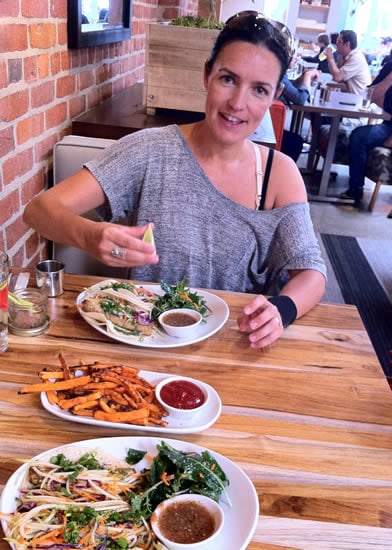
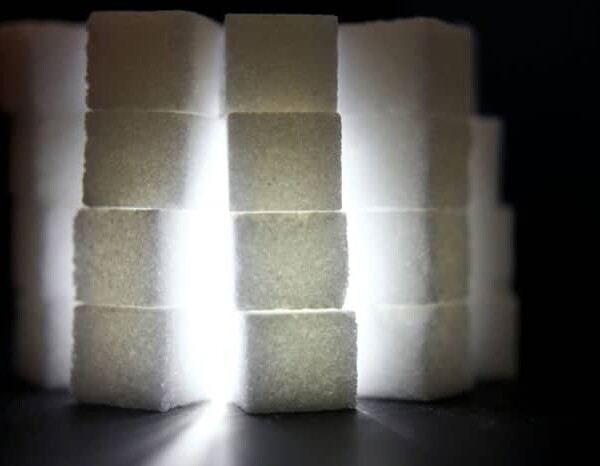





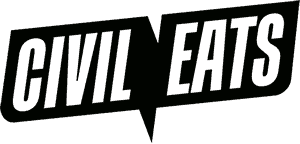









Thank you so much for this post. I love your site and am so grateful for your blogs! I just read the label of my favorite granola bar. Sugar is listed six times! And it’s a 35 gram bar with 13 grams of sugar. 1/3 sugar! I keep putting off making my own granola because the recipe seems like so much sugar, but 1/2 cup of honey to 8 or 9 cups of oats is FAR less than 1/3. Dear lord. Thank you for the education!
Yup! Exactly why I don’t eat processed foods. Organic junk food is still junk food.
Sharing with my Cooking From Scratch group, awesome list! And I think you are right to be concerned.
I stopped using a certain cat food when they sold the company and the first change they made was to add “barley malt” cats don’t need sugar in their food!
The easy shortcut is to look at the number of grams of sugar in a product. That will capture naturally occurring sugars as well as added sugars (like the coconut water I drank this weekend that said it had no added sugar but tasted so sweet I had to double check), but is a useful metric if you’re, say, comparing two products (coconut water had FAR less sugar than the Honest Tea half and half I also bought, which had more than twice the sugars) (I was thirsty! I also bought water. And I drank all three!) I don’t personally have a “grams of sugar” cutoff, but it
Excellent post and so very true! Thanks for your blog. You do an incredible service!
Thanks Andrew. I love the term “healthwashing.” These primers are what make your blog so very helpful to people. When I had to “get off sugar” to address my inflammation symptoms, I started reading labels. And then basically realized that I would have to just stop buy any processed foods. While I do still sometimes buy products like this, this is a great reminder. Food companies don’t make money selling whole foods… they make money by processing and packaging items. Looking forward to hearing more about the show and what you saw that did excite you!
I look at how big a percentage sugar is compared to the entire serving. For instance, most cereals are labeled in 30 gram servings. If the nutrition label is 10g sugar/serving, then you know your cereal is 1/3 sugar.
This shouldn’t be a revelation, BUT IT IS! I can’t believe that I didn’t think of that. Thank you for pointing that out. What an easy way to measure the sugar level of food.
Did you invent the term “healthwashing”? Love it.
GREAT point! I look forward to hearing about the products you were impressed with at the show.
Thank you for the added information. I have this conversation daily with work mates. They don’t think they have the self control to take processed foods out of their lives. When they ask me how I was able to ‘quit’ sugar. I said it was simple- read labels, become informed as to what sugar is and start eating whole foods. People are like the preverbal ostrich. Head in the sand. Thank you for helping me on the right path. 8 months sugar free and whole foods full!
I really need to add a “Like” button to my comments section. 🙂
Like